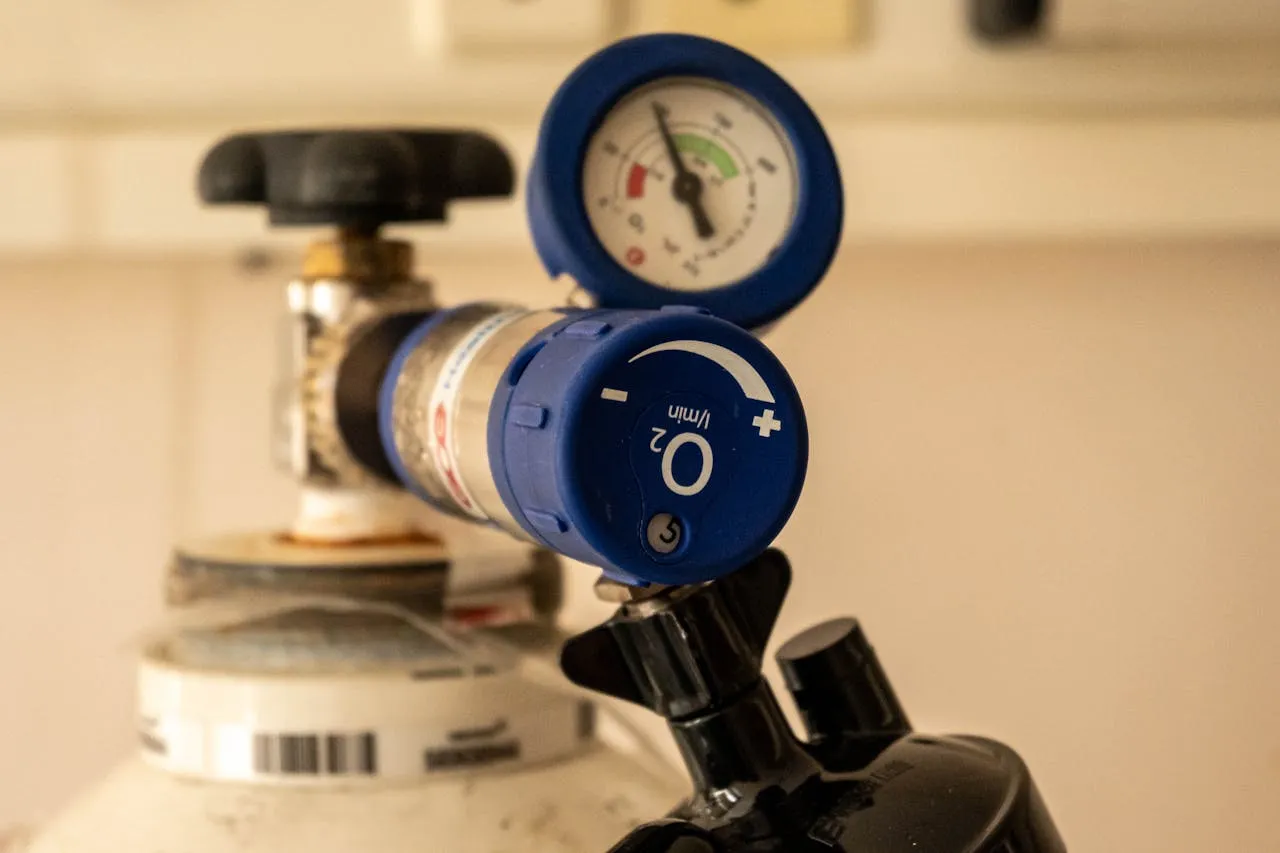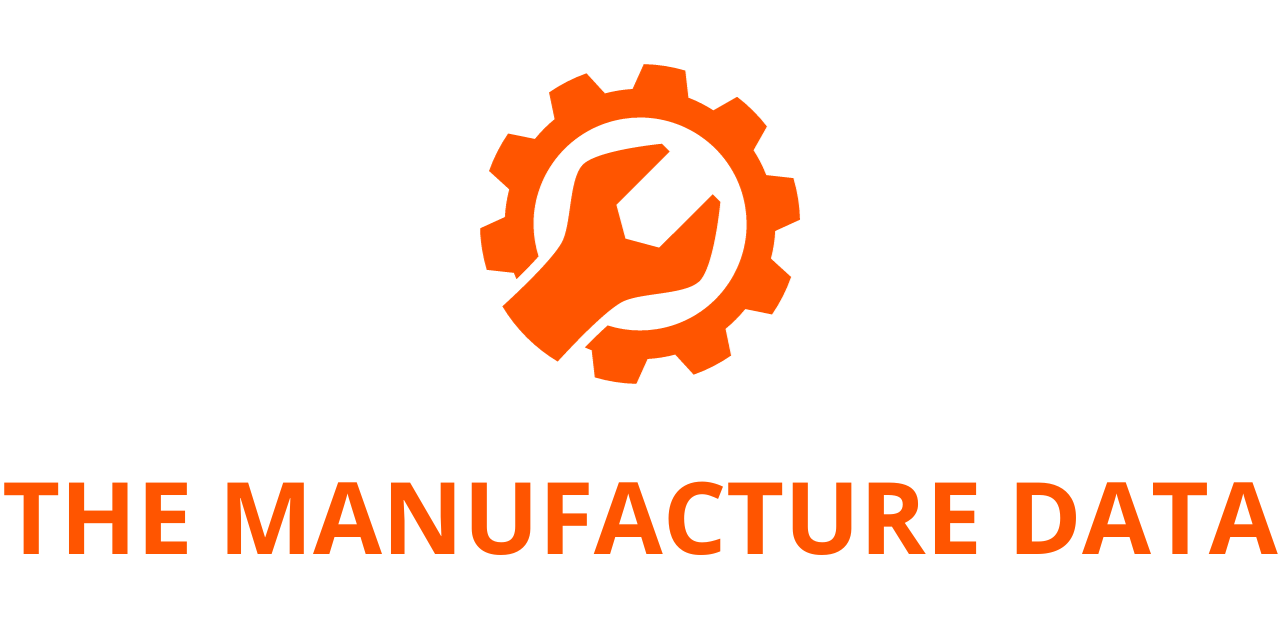
IHI Develops World’s First Gas-Bearing Vacuum Pump for Hybrid Laminar Flow Control
IHI Corporation proudly announces the successful development and world-first testing of an advanced vacuum pump designed for hybrid laminar flow control (HLFC) systems. This newly developed vacuum pump, featuring a gas-bearing motor, represents a significant breakthrough in aerodynamic control technology aimed at reducing aircraft drag in low-pressure air environments, where the air density is approximately one-tenth of that at ground level. The testing was conducted at the Joint Research Center for Electric Architecture with support from Akita University, successfully simulating HLFC operational conditions.
The Significance of Hybrid Laminar Flow Control (HLFC)
Hybrid laminar flow control (HLFC) technology has long been recognized as a promising method for reducing aerodynamic drag in aircraft. Since the 1930s, researchers and engineers have explored the potential benefits of HLFC, but its practical implementation has been hindered by several technological challenges. One of the primary obstacles has been the need for a compact, lightweight, and highly reliable vacuum pump capable of handling low-density air at cruising altitudes, which typically reach around 10,000 meters.

Aircraft manufacturers and aviation researchers have continued to investigate HLFC due to its potential to significantly reduce fuel consumption and carbon emissions. By minimizing airflow separation over the aircraft’s wings and fuselage, HLFC can contribute to smoother airflow patterns, reducing aerodynamic resistance and improving overall efficiency. However, a key requirement for effective HLFC implementation is a robust vacuum pump capable of sustaining performance in extreme conditions. IHI’s newly developed vacuum pump successfully addresses these challenges through a combination of innovative technologies.
Key Features and Technological Innovations
Gas-Bearing Motor Technology
One of the most significant advancements in IHI’s vacuum pump is the incorporation of gas-bearing motor technology. Gas bearings are known for their ability to minimize friction and wear, ensuring reliable operation under the harsh conditions encountered during high-altitude flight. Unlike conventional mechanical bearings, gas bearings eliminate the need for lubrication, reducing maintenance requirements and enhancing long-term reliability.
Gas-bearing technology allows the vacuum pump to operate smoothly in low-pressure environments, which is critical for HLFC applications. Traditional vacuum pumps often struggle with wear and performance degradation in such conditions, but IHI’s innovation ensures sustained efficiency and durability.
Compact and Lightweight Design
Aircraft manufacturers prioritize weight reduction to enhance fuel efficiency and performance. IHI’s vacuum pump integrates ultra-high-speed rotation technology, enabling a more compact and lightweight design without compromising functionality. This technological leap minimizes the overall weight impact on aircraft systems, making it an ideal solution for HLFC applications focused on drag reduction.
The pump’s lightweight nature is particularly advantageous for modern aircraft that require every component to be optimized for efficiency. By reducing the additional load introduced by HLFC systems, IHI’s vacuum pump supports the industry’s ongoing efforts to develop next-generation aircraft with improved aerodynamic performance and sustainability.
Enhanced Control and Operational Efficiency
Maintaining stable performance despite fluctuations in atmospheric pressure is a fundamental requirement for aviation components. IHI’s gas-bearing vacuum pump is engineered to function effectively in varying altitudes and air densities, ensuring consistent suction performance essential for HLFC systems. The advanced control mechanisms embedded within the pump allow for efficient operation in different flight phases, adapting to environmental changes dynamically.
Through rigorous testing at the Joint Research Center for Electric Architecture, the vacuum pump demonstrated its ability to maintain operational efficiency in simulated HLFC conditions. This validation reinforces its viability for real-world applications in commercial and military aviation.
Implications for the Aviation Industry
IHI’s breakthrough in vacuum pump technology represents a major step forward in sustainable aviation. By overcoming the longstanding challenges associated with HLFC implementation, this innovation paves the way for more fuel-efficient aircraft with reduced CO2 emissions. The aviation industry is under increasing pressure to meet stringent environmental regulations and reduce its carbon footprint, and advanced aerodynamic solutions like HLFC play a crucial role in achieving these goals.
Several potential applications for IHI’s vacuum pump extend beyond traditional HLFC-equipped aircraft. Future implementations may include:
- Next-generation commercial airliners: Integrating HLFC technology into new aircraft designs to optimize fuel consumption and operational costs.
- Retrofit solutions for existing fleets: Enhancing the performance of current aircraft models by incorporating HLFC-compatible vacuum systems.
- Military and defense aviation: Improving stealth and maneuverability in military aircraft by reducing aerodynamic drag through HLFC.
- Urban air mobility (UAM) and advanced air mobility (AAM): Applying HLFC principles to emerging electric and hybrid-electric aircraft for urban and regional transportation.
By addressing key technical challenges and offering a practical solution for HLFC implementation, IHI is actively contributing to the aviation industry’s transition toward more sustainable and efficient air travel.
Commitment to Innovation and Sustainability
IHI Corporation remains committed to developing cutting-edge technologies that enhance aircraft performance, safety, and environmental sustainability. The successful testing of its gas-bearing vacuum pump is a testament to the company’s dedication to research and innovation in the aerospace sector.
As the aviation industry continues to evolve, IHI will continue collaborating with partners, research institutions, and manufacturers to advance HLFC technology further. The company’s long-term vision includes expanding its expertise in propulsion systems, aerodynamics, and green aviation technologies to support the industry’s sustainability goals.
IHI’s latest development exemplifies its role as a leader in next-generation propulsion and aerodynamic solutions. By delivering innovative engineering solutions tailored to the evolving needs of its customers, IHI is shaping the future of aviation with a focus on efficiency, performance, and environmental responsibility.
Future Research and Development
The successful testing of the gas-bearing vacuum pump is just the beginning of IHI’s continued advancements in HLFC technology. Future research and development efforts will focus on:
- Further miniaturization and weight reduction: Enhancing the compactness of the vacuum pump for seamless integration into diverse aircraft models.
- Optimization for different aircraft configurations: Adapting the technology for various wing designs, fuselage shapes, and mission profiles.
- Increased automation and intelligent control: Implementing AI-driven control mechanisms to optimize performance under different flight conditions.
- Sustainability improvements: Exploring new materials and manufacturing processes to further reduce environmental impact.
Through these initiatives, IHI aims to solidify its position at the forefront of aerospace innovation, supporting the industry’s shift toward more eco-friendly and efficient flight solutions.
The development and successful testing of IHI’s gas-bearing vacuum pump for hybrid laminar flow control mark a pivotal achievement in aerodynamic engineering. By introducing a reliable, compact, and highly efficient vacuum pump, IHI is enabling the widespread adoption of HLFC systems, which promise significant fuel savings and carbon emission reductions in aviation.
As the global aviation industry strives toward greener and more sustainable operations, technological advancements such as IHI’s vacuum pump will play a crucial role in shaping the future of flight. Through ongoing research, collaboration, and innovation, IHI continues to push the boundaries of aerospace engineering, driving progress in both commercial and military aviation sectors.
With this latest breakthrough, IHI reaffirms its commitment to pioneering next-generation technologies that meet the challenges of modern aviation while contributing to a more sustainable future.




